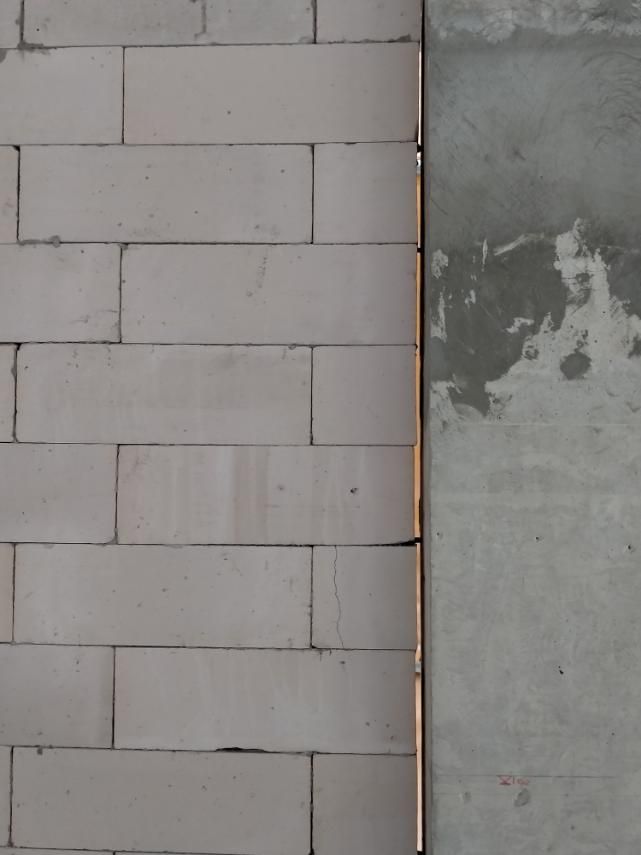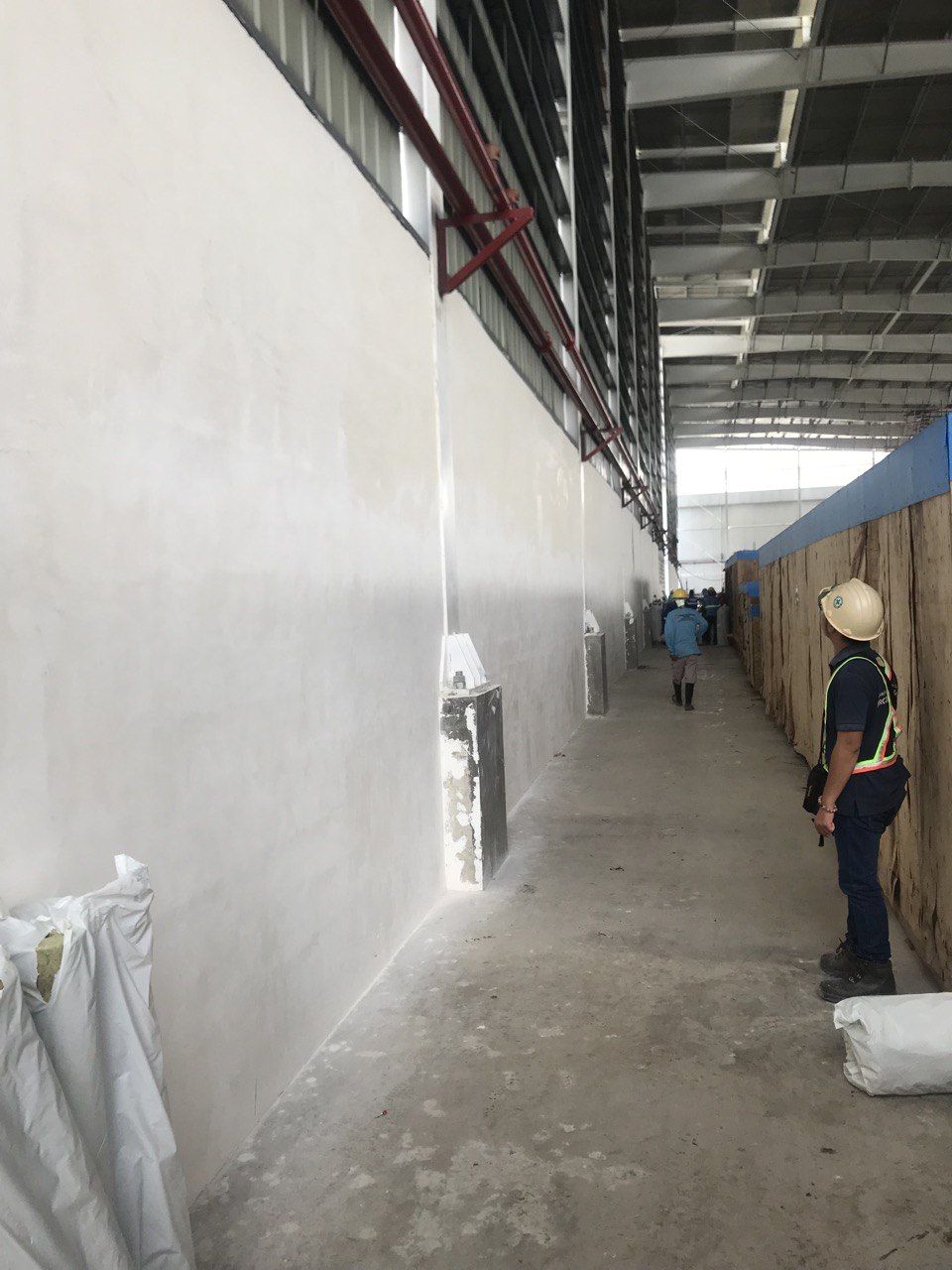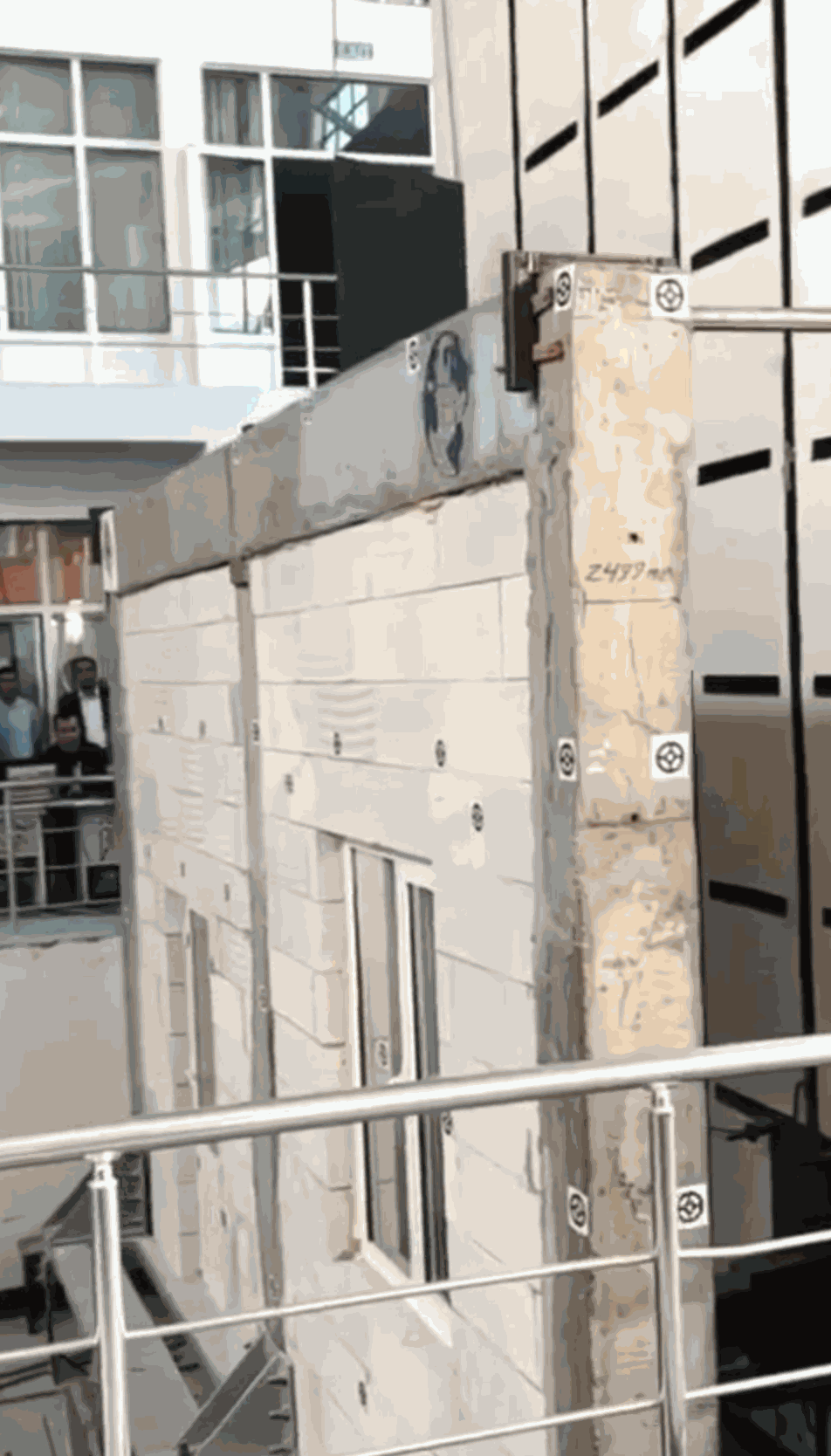Is AAC Block good for earthquake?
Autoclaved aerated concrete (AAC) blocks can provide a higher level of safety during earthquakes
Autoclaved aerated concrete (AAC) blocks can provide a higher level of safety during earthquakes compared to some other building materials, due to their lightweight, and high-strength characteristics.
Regions of high seismic activity like Japan use AAC Blocks. It has been proven to withstand wind loads of category 5 tropical storms.
However, the overall seismic safety of a building depends on several factors, including the design and construction of the building, the quality of the materials used, and the maintenance and upkeep of the building.
Autoclaved aerated concrete (AAC) blocks can withstand earthquakes due to their lightweight, design flexibility, and high-strength characteristics. Here's how:
Lightweight: AAC blocks are significantly lighter than traditional building materials, such as concrete, hollow blocks and brick, which means that they exert less force on the foundation and structure of the building during an earthquake.
Design Flexibility: AAC blocks can be produced in any size, design, and strength to match the design of your building.
High-strength: AAC blocks have a high compressive strength, which helps to resist the forces of an earthquake. In addition, the autoclaving process used to produce AAC blocks results in a dense and compact material that is more resistant to seismic forces than some other building materials.
Reinforcement: Reinforcement bars can be placed in the mortar joints between the AAC blocks to provide additional strength and stability. This helps to resist the forces of an earthquake and reduce the risk of structural failure.
Seismic Gap: A seismic gap is a small gap left between adjacent AAC blocks during construction to allow for movement between blocks during an earthquake.
What is Seismic Gap?
Seismic gaps play an important role in the installation of autoclaved aerated concrete (AAC) blocks in areas prone to earthquakes. A seismic gap is a small gap left between adjacent AAC blocks during construction to allow for movement between blocks during an earthquake

Here's why seismic gaps are important in the installation of AAC blocks
Absorption of seismic energy: The seismic gap allows the AAC blocks to move slightly relative to each other during an earthquake, which helps to absorb some of the energy from the seismic waves and reduce the risk of cracking or collapsing
Reduced stress concentrations: The seismic gap reduces the stress concentrations at the mortar joints between the AAC blocks, which reduces the risk of cracking and failure
Improved seismic performance: The seismic gap, in conjunction with other seismic protection measures, such as seismic reinforcement, seismic isolators, and dampers, can improve the overall seismic performance of a building.

Earthquake Test for AAC Blocks Wall
In the pursuit of constructing buildings that stand the test of time and nature, the importance of earthquake-resistant materials cannot be overstated. One such material that has gained prominence in the construction industry is Autoclaved Aerated Concrete (AAC). AAC blocks are known for their lightweight yet robust nature, making them an ideal choice for earthquake-prone regions. This article delves into the earthquake testing of AAC blocks, shedding light on their remarkable resilience
Because of its features, namely that it i self-lightweight and has a lower modulus of elasticity of the AAC, the steel and reinforced concrete frame structures with infill AAC block masonry walls have good earthquake resistance to diagonal cracking, corner crushing, and severe damage states. Read more
Earthquake Test by Arton [Watch]
Safety Reminder:
It is always recommended to consult a structural engineer and follow building codes and industry standards when designing and building in areas prone to earthquakes, regardless of the building materials used. This includes the proper use of seismic reinforcement, seismic isolators, and dampers, which can improve the overall seismic performance of a building and reduce the risk of structural failure during an earthquake.
There are several steps that can be taken to reinforce a building against earthquakes, including
Proper design and construction: The building should be designed and constructed to meet local seismic building codes and industry standards. This includes the proper use of seismic reinforcement, seismic isolators, and dampers, which can help to improve the seismic performance of the building
Quality materials: High-quality building materials, including reinforced concrete, steel, and masonry, should be used to ensure that the building is structurally sound and able to resist the forces of an earthquake
Regular maintenance and inspections: Regular maintenance and inspections can help to ensure that the building remains in good condition and can withstand the forces of an earthquake
Seismic upgrading: Older buildings can be seismically upgraded to improve their seismic performance and reduce the risk of structural failure during an earthquake. This may involve adding seismic reinforcement, seismic isolators, or dampers, and retrofitting the building to meet current seismic building codes and industry standards
Evacuation plans: In the event of an earthquake, it is important to have an evacuation plan in place to ensure the safety of the building occupants.
It's also important to note that no building material can guarantee complete safety in the event of a severe earthquake. Building design and construction, combined with ongoing maintenance and inspections, play a critical role in ensuring the seismic safety of a building.
Here are some safety tips to follow in a building during an earthquake:
Do the Drop-Cover-Hold method.
Stay inside: If you are indoors during an earthquake, stay there and take cover under a desk or table if possible. If you are in a bed, stay there and cover your head with a pillow.
Avoid windows: Stay away from windows, glass walls, and glass doorways, as they can break and cause injury.
Avoid heavy objects: Stay away from heavy objects, such as bookcases, cabinets, and appliances, which can tip over and cause injury.
Don't use elevators: During an earthquake, do not use elevators as they can get stuck or stop working.
Evacuate if necessary: If you are in a tall building or near a large, heavy object, evacuate the building if it is safe to do so.
Don't return to the building: After an earthquake, do not return to the building until it has been inspected and deemed safe.
It's important to follow local earthquake preparedness guidelines, have an evacuation plan in place, and take regular earthquake drills to ensure the safety of building occupants during an earthquake.
